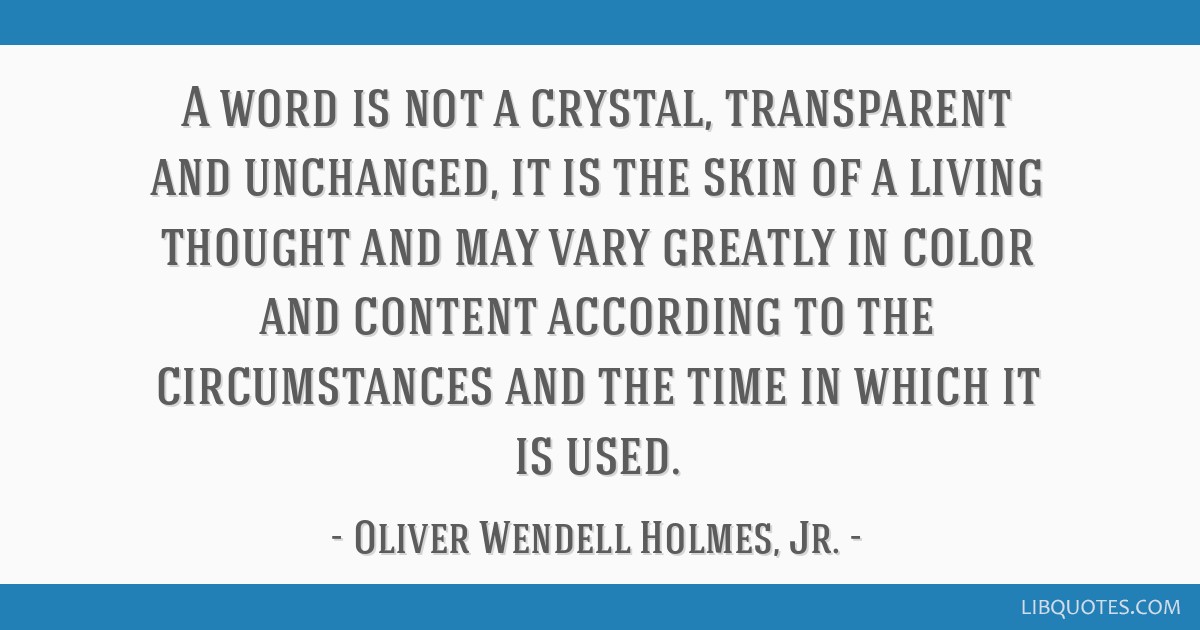

When important information is accessible, everyone will understand the goals of the company and feel empowered to make better decisions independently. Here are few ideas for creating a transparent organization. The result: increased productivity and trust. Transparency at work requires both great technology and a company culture centered on openness. But these are just logistics: transparency needs to be core to company values. Also known as "feature transparency.Some companies think open floor plans, monthly staff meetings, and detailed reports equate to transparency.
A word for not transparent software#
Refers to a change in hardware or software that, after installation, causes no noticeable change in operation. To find a dictionary definition meaning "unnoticeable", though, I had to go to a more specialized reference, the Computer Desktop Encyclopedia: For example, Macmillan says:Ī transparent process, activity, or organization does not try to keep anything secret Most dictionaries list a meaning that relates to "unconcealed". In one sense, transparent means "unconcealed open for everyone to see, with nothing to hide." However, in another sense, it can mean "unnoticeable or undetectable," particularly in the realm of computing. You are correct in noting that transparent can function as an autoantonym, that is, it can be thought of as a word that is an antonym of itself. So, transparent means that the changes should not be noticeable or detectable. Have you ever seen a glass door that was so clean you almost bumped into it, not realizing it was closed? In this context, think of transparent as being like a sheet of glass – it's not visible. You can only tell from the overall context. "Transparent" may be one of the worst cases as there are no surrounding words which by convention determine the meaning. "I pushed on the gas pedal and the car went very fast." Versus: "I tied the not fast." I once came across the sentence, "The boat is fast." Does this mean that it is moving rapidly through the water? Or that it is tied securely to the dock? You must have more context to tell. "fast": Can mean "moving rapidly" or can mean "securely tied". "He cleaved the wood in half with one blow of the ax" - he broke it into two pieces. "A husband should cleave to his wife" - he should stick to her. We normally distinguish based on the prepositions it is used with. "cleave": This can mean "stick together" or "cut apart". There are a few other words like this in English. In sentence #2 it is being used to mean "plainly visible". In your sentence #1, it is being used to mean "invisible". It can mean "invisible", or it can also mean "plainly visible". The word "transparent" is one of those curious words that not only has multiple definitions, but has definitions that are essentially opposite. Somehow, most people understand which sense is meant, despite the two apparently opposite meanings. In the other, the component is transparent-in this case, that component is the process of changing senior management, and because it is transparent (invisible, really) it doesn't affect the way the customer sees the system as a whole (the company).

In one sense, the system as a whole is transparent (you can see how its internals work). I bolded the key explanations above, because I think they accurately describe the way transparent is being used. the user "sees through" them as through glass. In a way, you can think of the details themselves as transparent, i.e. We use this sense when we say, "transparent to the user." In other words, the user enjoys the benefits of a particular function without being aware of how it is accomplished. Yet, transparent can also mean the details are obfuscated to avoid confusion. The details behind the "transparent" glass are clearly visible. But the user at 24.144.124.84 describes both meanings:Īt times, transparent is used in the sense that glass is transparent. You can see a lot of discussion arguing back and forth, as some users apparently reject the meaning that transparent has clearly taken on. Other editors object to this as doublespeak and an improper use of the term, so they've flagged the article as factually disputed. Confusingly, the term refers to overall invisibility of the component, it does not refer to visibility of component's internals (as in white box or open system). The purpose is to shield from change all systems (or human users) on the other end of the interface. For both an acknowledgment of the counterintuitive meaning and an example of the confusion it causes, just head to Wikipedia's article for Transparency (human-computer interaction):Īny change in a computing system, such as new feature or new component, is transparent if the system after change adheres to previous external interface as much as possible while changing its internal behaviour.


 0 kommentar(er)
0 kommentar(er)
